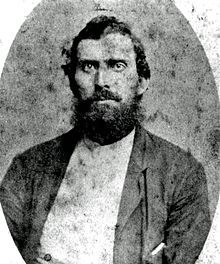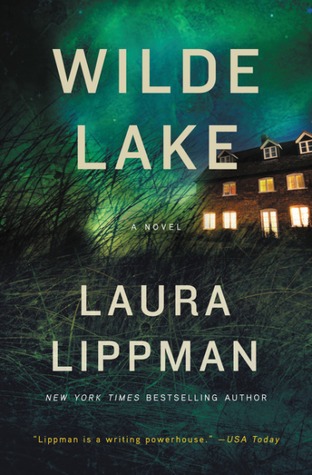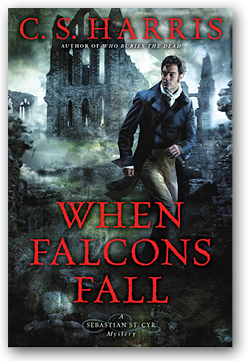 |
| A Motion to Censure Representative John Quincy Adams of Massachusetts |
Why did it take the Dems so long to grow this much backbone?
Evidently The Bern has watered and nourished that backbone -- or at least his massively popular campaign events have substantially helped the backbone growth. Also that the rethuguglies are such a gaggle of blood thirsty, vicious, bullying fools, which the polls show it. Thus the Dems think they've got a realistic shot at keeping the White House, their own seats, and retaking a substantial number of ballot seats.
Not that I know any thing, of course. But I can speculate with the best.
But it does seem odd that Sandy Hook couldn't do it, nor Ferguson, Treyvon Martin, etc. But the martyrdom of nearly a half-hundred gay latino gays has. That's fabulously interesting and revealing in itself, particularly as those deaths in Orlando were only 49 of the over 300 gun related deaths in the U.S. that weekend.
The relentless efforts to arm every single person in America -- except the we know whos don't we -- is joined at the hip with (to mix metaphors) to our national racial divide, and the cycles of repression and roll-back of Civil Rights. These are the subjects of a new book by Carol Anderson, White Rage: The Unspoken Truth of Our Racial Divide.
Let us never forget that the vaunted 2nd Amendment was inserted into the Constitution by the demands of the southern slaveowners. Ever since the colonial days it had been mandated that every white man in these colonies and later states own arms to put down African American anti-slavery uprisings -- any action on the part of African Americans from taking off from the coerced slavery to planning organized resistance. This is the meaning of well-regulated militia, not fear of foreign invasion, or at least not until the successful San Domingue slave revolution put an end to San Domingue slavery and San Domingue became Haiti. From then on, even into the 1850's, southern slaveowners, and particularly slaveowning politicians drumbeated the ever more draconian black codes by howling about imminent invasion by baby-eating white women raping Haitians.
Very oddly, yesterday during our local NYC public radio prime time talk show discussion about the 2nd amendment, what it means, its constitutional history, this history was entirely ignored by the constitutional law experts, until a caller to the show brought up this history. The constitutional law history expert admitted this was all true, but "there's no reason to talk about that here and now." WTF? If not here and now, when?
Last night in Free State of Jones. we watched the vicious repression of African American rights of every kind, including that of the law of the land which these hypocritical slaveowners had sworn allegiance, emancipation, dramatized. The vote and education were particularly targeted by these vicious traitors. By 1876 -- with the beyond shameful collusion by the norther Republican party for political gain -- the black vote in the South was effectively repealed.
There's an excellent a White Rage article about Carol Anderson's new book, White Rage: The Unspoken Truth of Our Racial Divide, here in the Washington Post.
Quote:
Anderson argues that this pattern of progress followed by retreat has effectively eroded, if not scuttled, every modicum of progress made by African Americans since the Emancipation Proclamation.
Anderson’s book, which began as a 2014 opinion article in The Washington Post, recounts numerous instances when hard-won gains by African Americans have been reversed. For example, in 2008, for the first time in history, the black voter turnout rate nearly equaled that of whites, and the turnout of voters of all races making less than $15,000 nearly doubled. “While the number of whites who voted remained roughly the same as it had been in the 2004 election,” she says, “two million more African Americans, two million additional Hispanics, and 600,000 more Asians cast their ballots in 2008.”
The GOP, “trapped between a demographically declining support base and an ideological straitjacket . . . reached for a tried and true weapon: disfranchisement.” Anderson notes that despite the rarity of voter fraud, state after state began requiring voters to have documents such as bank statements, utility bills and W-2 forms, which African Americans, Latinos, the young and other economically disadvantaged people are less likely than others to possess.
Then, in 2013 the Supreme Court voted 5 to 4 to strike down a key part of the Voting Rights Act that for decades had protected African Americans from blatant disfranchisement. Since the ruling, 22 states have passed voter-restriction statutes. Anderson also argues that white resistance to the Supreme Court’s landmark Brown v. Board of Education decision explains why, six decades later, black children largely remain trapped in segregated and unequal schools.
Anderson singles out President Ronald Reagan for presiding over the rollback of many of the gains blacks made during the civil rights movement. She says that while Reagan “positively oozed racial innocence,” his policies showed a contempt for blacks.The description of White Rage's historical mile-posting of rolling backpost Reconstruction, post Jim Crow, post Civil Rights gains, is much longer than this pull. However, any woman of any identity and heritage has to recognize in these tactics of presidents like Reagan and Wilson, that the rollback of women's rights, particularly reproductive rights, are accomplished in the same manner. So yah, we all need to be deeply concerned. What affects one part of us affects all of us.
As mentioned in another place, the NAACP Legal Defense Fund sponsored the party for Free State of Jones's premiere at the Plaza Hotel (home of Kay Thompson's still famous character, Eloise). This predominately NAACP African American audience watched the film with rapt respect, attention -- and full historical knowledge and understanding. No one even requested before the lights went out that people shut down their cell phones and refrain from using their phones. During the 2 hours and 19 minutes of the film, no phone rang, no horrible light from a smart phone screen interfered with what we were watching.
However, at the party, there was a great deal of conversation about the relationship between the events depicted in the second section of Free State of Jones that takes place after the war and emancipation and the voting act, and the events of the last years here. People also kept checking in on the Dem sit-in with their phones at the party and commenting on that.
I felt pretty privileged to be in such company. I kept meeting one brilliant, fascinating, talented person after another. That's the thing: in the company of interesting, outgoing and friendly people, one also becomes interesting, outgoing and friendly. The two parts of the Plaza's vaunted and enormous Oak Room and Bar (est. 1907; closed in 2011, and how again revived) provided a space that was perfect for this.
Yah, this event was a fairly big deal for us this summer, for more than one reason -- the history work I'm doing now, because I've always found Newt Knight and his saga fascinating, because it takes place in Mississippi, and because the guy who was instrumental in getting Free State made is the guy who made the New Orleans Jazz Preservation Hall film, shot in Cuba, for which el Vaquero is associate producer. We'll see the rough cut of it next week maybe? The title, at least at the moment is Tuba to Cuba, tubas being so instrumental to New Orleans music,
I do wish I had been able to enjoy it rather more than I was, feeling so poorly as I do from The Coughing . . . . OTOH, it was a rare opportunity to drink truly fine champers in the historic (in film and deals) Oak Room without paying for it myself.*
------------------------------
* Among the films including location shots in the Oak Room are the opening shot with Cary Grant in North By Northwest, Arthur, The Scent of a Woman, and the 2013 remake of The Great Gatsby.






















-27-620x413.jpg)





